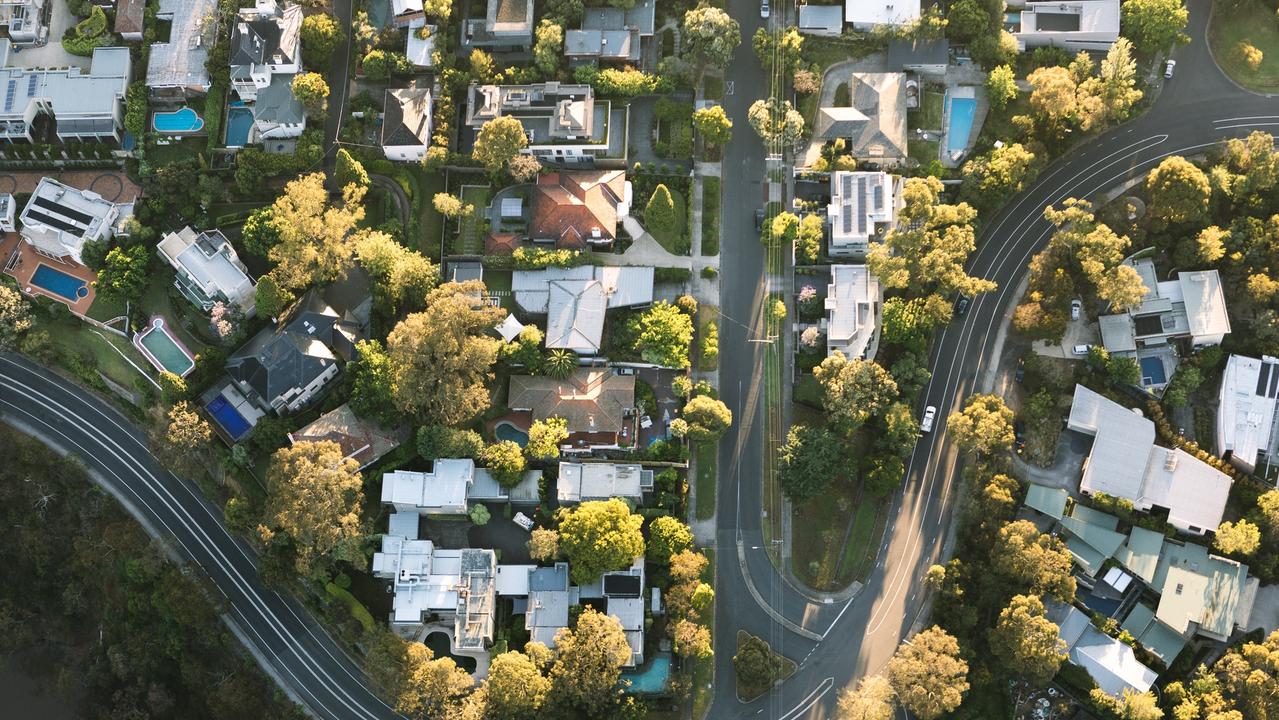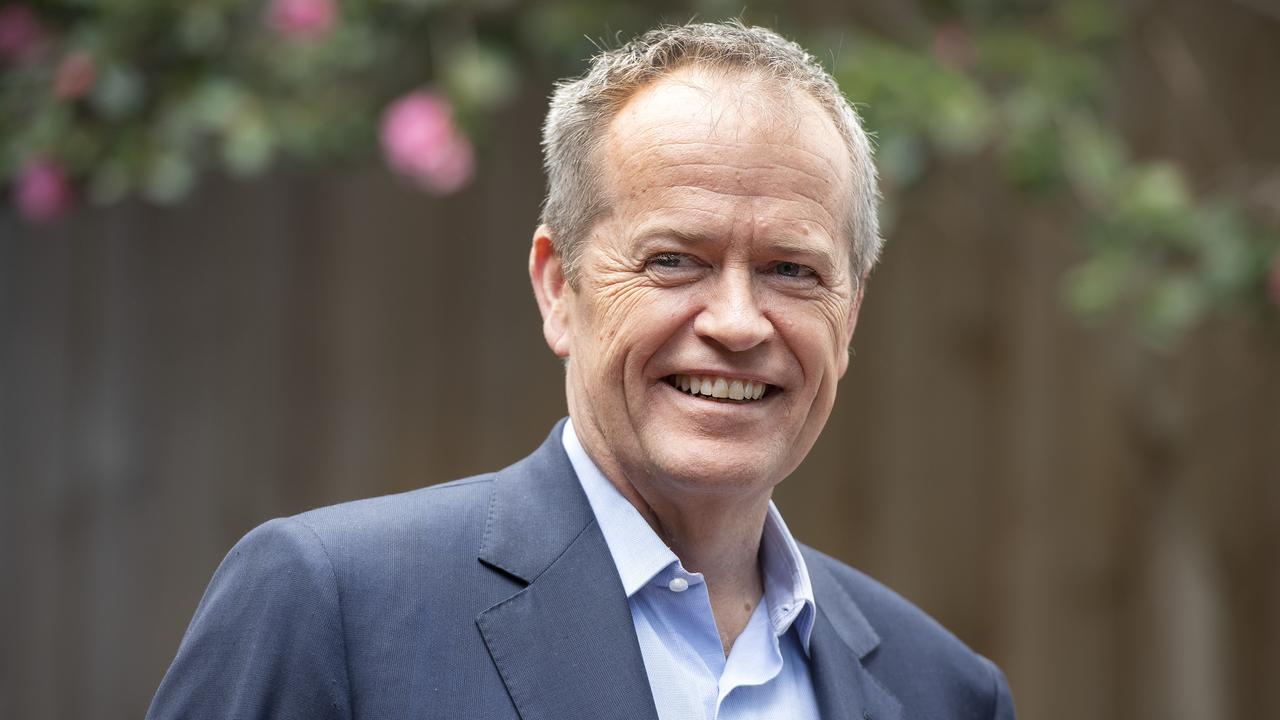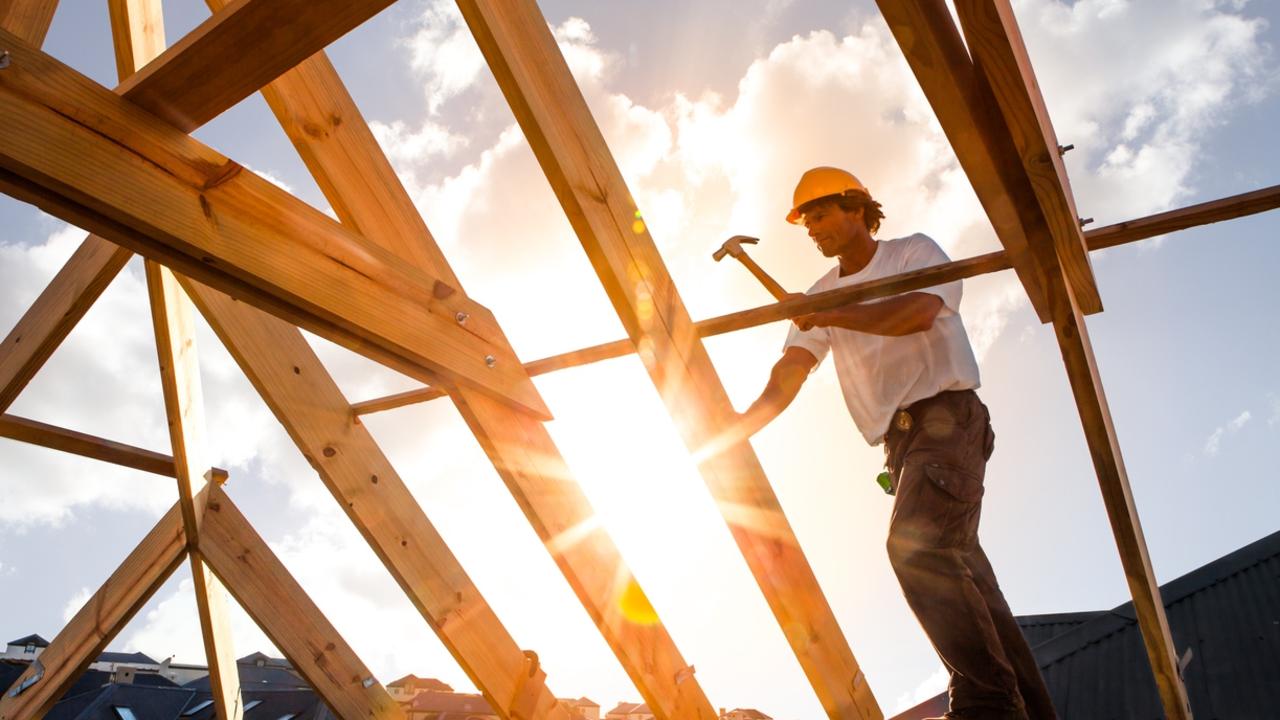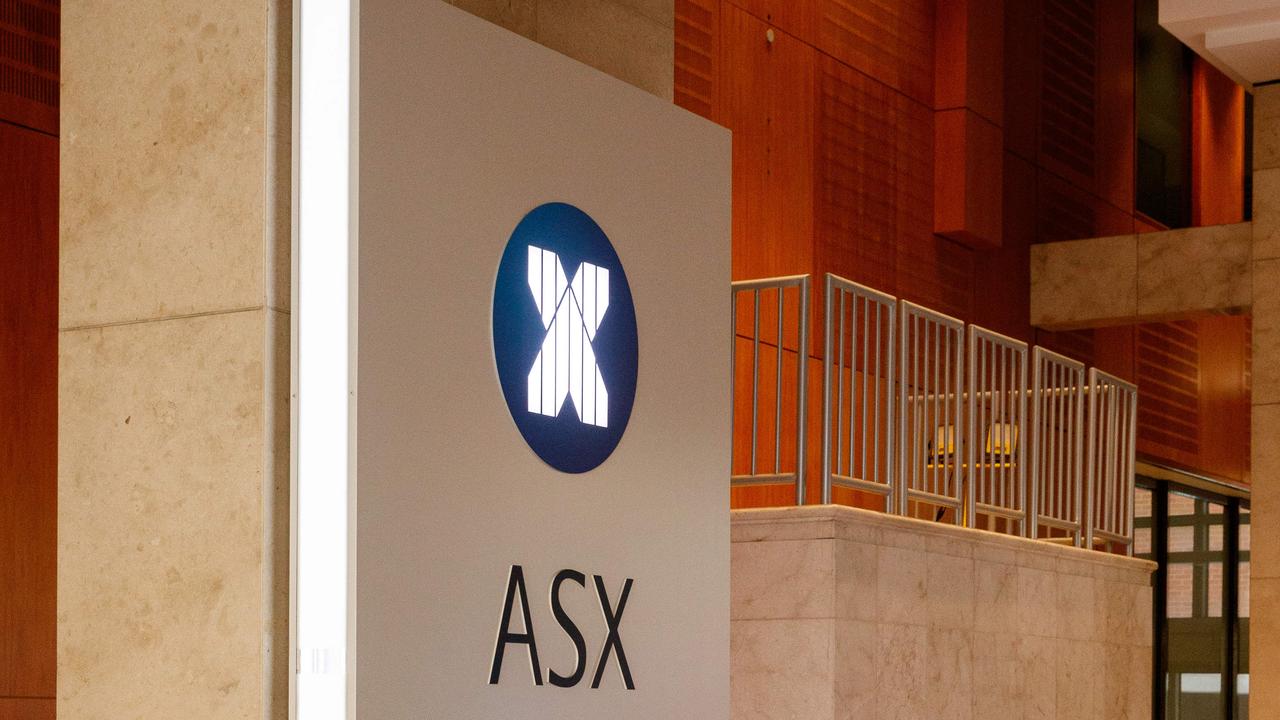Sign that property markets are in recovery mode, with investors getting their mojo back
Investors were among the first to flee when property markets began to tank two years ago. Now, they’re back and feeling confident again.

When property markets in Sydney and Melbourne began to look shaky in mid-2017, investors were among the first to run for the hills.
And for almost two years since the end of the last price boom in Australia’s two biggest cities, they’ve stayed away.
However, the outcome of the federal election — which killed off Labor’s negative gearing and capital gains tax policies — has given would-be real estate investors some renewed confidence.
Peter Koulizos, the chairman of lobby group Property Investment Professionals of Australia, said there had been a surge in buyer sentiment in recent months, with corresponding price increases in Sydney and Melbourne.
The organisation has just released the results of a survey of its full membership, which found that 82 per cent of investors view now as a good time to buy residential property.
About 48 per cent of respondents plan to purchase in the next six to 12 months, the survey found.
That return of optimism, combined with spikes in activity from other buyers — particularly first-timers — indicates that a market recovery is in full swing.
From the market peak towards the end of 2017, median property values in Sydney and Melbourne collapsed by more than 10 per cent.
But since the shock election result, coupled with interest rate reductions and an easing of lending restrictions, there has been growing evidence of a recovery.
Data house CoreLogic reported a 1.7 per cent increase in home values in both Sydney and Melbourne in September — the third month of growth since the end of the boom.
Brisbane and Adelaide held steady, while Canberra recorded a one per cent increase. Nationally across the capitals, median home values rose 1.1 per cent.
A revival in investor activity is likely to put upward pressure on property prices.
RELATED: Australians are less likely to own property each passing generation

The PIPA research mirrors the findings of the ANZ Property Council Survey, which reported a rise in confidence among investors for the first time in 18 months.
“Signs of recovery in the residential property market have been emerging for some months now, with sentiment turning around convincingly in May,” ANZ Senior Economist Felicity Emmett said.
“Since then, auction clearance rates have picked up sharply, prices have been rising strongly in Sydney and Melbourne, and housing finance is starting to pick up.”

Mr Koulizos said the Opposition’s policies during the election campaign galvanised his members, with research showing an overwhelming 75 per cent of members voted against Labor based on its property policies.
“It’s clear that many investors, regardless of their political leanings, were fed up with being told they were ‘greedy’ when the vast majority only own one property and are just trying to improve their financial futures,” Mr Koulizos said.
Reflecting the uncertainty surrounding the May poll, the PIPA survey of its members found just 34 per cent had purchased an investment property in the past 12 months.
However, among that cohort, first-time investors made up 21 per cent of buyers, signalling that many rookies back bricks and mortar despite price declines.
The significant component of the property market that’s not firing is the construction sector, which has recorded more than a year of monthly declines in activity.

However, Ms Emmett said that green shoots seen elsewhere in real estate markets would eventually flow through to the construction sector.
“The continued improvement in credit availability suggests that construction activity, and not just prices, should begin to pick up in the coming months,” she said.
While investor outlook concerning the market is largely optimistic, there’s considerable uncertainty about the state of the economy, he said.
It was one of two issues of great concern for those surveyed, alongside difficulty accessing lending, he said.




